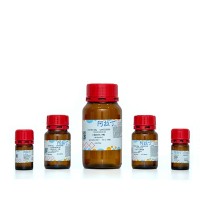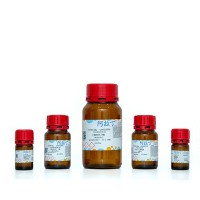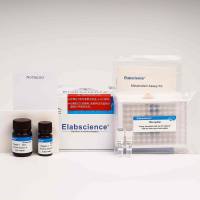Identification of Legionella in Clinical Samples
互联网
689
Currently, several methods are used for the detection of Legionella in clinical samples, and these methods constitute part of the criteria for defining legionellosis cases. Urinary antigen detection is the first-line diagnostic test, although this test is limited to L. pneumophila serogroup 1 (Lp1) (Helbig et al., J Clin Microbiol 41:838–840, 2003). The use of molecular techniques can improve Legionaire’s disease (LD) diagnosis by detecting other serogroups and species (Diederen et al., J Clin Microbiol 46:671–677, 2008). The isolation of Legionella strains from pulmonary samples by axenic culture is still required to perform further epidemiological investigations (Blyth et al., N S W Public Health Bull 20:157–161, 2009; Fields et al., Clin Microbiol Rev 15:506–526, 2002) but demonstrates various sensitivities. Amoebic coculture has been described as a method to recover Legionella from clinical culture-negative specimens (La Scola et al., J Clin Microbiol 39:365–366, 2001; Rowbotham, J Clin Pathol 36:978–986, 1983) and can be proposed for optimizing Legionella strain isolation from samples contaminated by oropharyngeal flora. Identification of Legionella isolates is based on serological characterization, genotypic methods (with sequencing of the mip gene as the standard method) and, more recently, the Matrix-assisted laser desorption/ionization time-of-flight mass spectrometry (MALDI-TOF MS) method.
This chapter is limited to the identification of Legionella in clinical samples; antibody detection in human serum will not be discussed.








